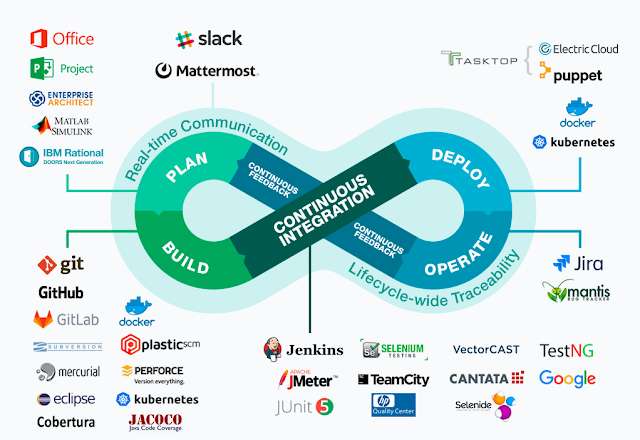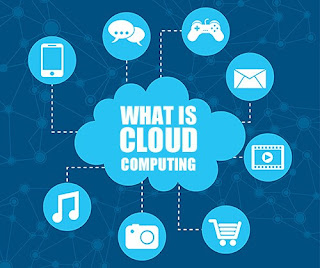APIs : The Glue That Holds the Internet Together
Hey Folks,
From social media platforms to e-commerce websites, APIs are the backbone of the digital world. In this blog post, we'll take a closer look at what APIs are, how they work, and why they're so critical for modern software development. Let's Begin !!!
What is an API?
Just like a waiter at a restaurant. The waiter acts as an intermediary
between the customer and the kitchen, taking the customer's order and
delivering it to the kitchen, and then bringing the food back to the customer.
How do APIs Work? (Architecture of API )
- REST API: REST (Representational State Transfer) API Uses HTTP methods like GET, POST, PUT, and DELETE to perform operations on resources.
- SOAP API: SOAP (Simple Object Access Protocol) API Uses XML to exchange data between a client and a server and supports a wide range of programming languages and operating systems.
- WebSocket API: WebSocket API Enables bidirectional communication between a client and a server over a single TCP connection, providing real-time communication capabilities.
- RPC API: RPC (Remote Procedure Call) API Uses JSON to exchange data and supports a wide range of programming languages and platforms.
- GraphQL API: GraphQL API Allows the client to specify the data it needs, reducing the amount of unnecessary data transfer.
- Open API: OpenAPI is a specification for building RESTful APIs that provides a standard way to describe the API, including the endpoints, parameters, responses, and authentication methods.
- Interoperability: APIs allow different software systems to communicate and exchange data effectively.
- Scalability: APIs enable developers to build applications that can handle a large volume of data and users.
- Customization: APIs can be customized to meet the specific needs of a business or application, providing flexibility and control.
- Innovation: APIs provide opportunities for innovation and growth by creating new products and services.
- Efficiency: APIs streamline the development process by providing pre-built functionality, reducing development time and costs.
- Revenue Generation: APIs can create new revenue streams for businesses by charging for access to the data or functionality they provide.
Thanks & Regards,
Kanchan Soni
(A girl who saw the dream with an open eye to compete with self-capability in the area of IT and its Next-Gen Technology, with the ability to complete the task with perfection.)
Email: kanchansoni.cse@gmail.com
BlogSpot: https://tapanpatni58.blogspot.com
Instagram: https://www.instagram.com/sonikanchan_
Facebook: https://www.facebook.com/soni.kanchan.soni/
Twitter: https://twitter.com/SoniKanchan_






Comments
Post a Comment